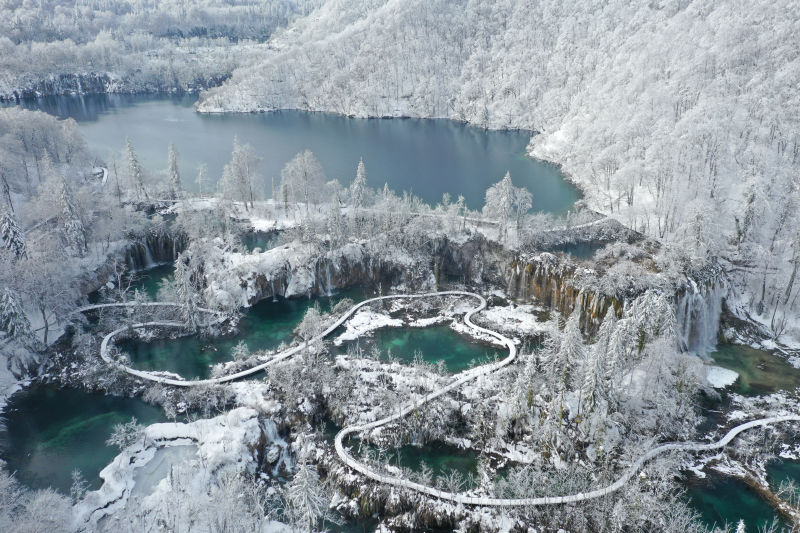Pag Cheese - Island of Pag's wealth
- Taste of Adriatic
- Feb 3, 2019
- 3 min read
On most of the Adriatic islands, sheep farming is an important branch of the economy, and the same goes for Pag. Going by boat along these islands makes it hard for a stranger to believe that sheep can live on those rocks and rare greenery. The karst is degraded and the vegetation is constantly regressed, and the pastures on the islands are very scarce. In addition, the dry and hot summer dries all greenery. However, the sheep, which is quite small, is well-adapted to these conditions, and bypassing large areas it finds even the smallest grass. On Pag, the sheep are never locked under the roof, which is possible because of the mild winter. During the bora, they keep to the drywall. The sheep is found in enclosed without the shepherd throughout the year, and it is not necessary to store hay, all of which reduces costs. That is why the advantage of an islander to own sheep, compared to the low cost, was traditionally the favourite animal on the island of Pag. The Pag sheep are regularly trimmed once and give about 1 kg of wool, which is of different quality, according to the degree of merination on an individual island.

Sheep on the island of Pag are primarily bred for the production of milk processed into a famous full-bodied, hard sheep cheese. Along with the genotype, feeding is one of the most important factors that is reflected in the amount and chemical composition of sheep's milk, and since the pasture is the most common in the annual nutrition of goat's sheep, the aim is always to determine the composition of the vascular flora of the rocky pastures of the island of Pag.

Pag cheese is the most famous island cheese and is sold throughout the country. Pag cheese is a delicacy in itself, and when it is matured and dried, it is also used as a scraping cheese. It is remarkably reminiscent of famous Italian parmesan. It is also a favourite as part of many classic cold starters on the Croatian Adriatic and is blended with prosciutto and olive oil. On this island, cheese is mostly made in households in two different ways. The cheese industry is the most widely used in the traditional way that the Pag people call "with the hands" to distinguish it from the later introduced or as they say in "form."

According to ethnological research, here's how Pag cheese was made, a form which can still be found on the island today: For more than an hour milk is curdled. With the hand, it is then split 2 to 3 times, and then is threaded with fine tweezers, so that curd "goes into milk". This is done close to the stove. Approximately 7 to 8 minutes, the curd is pressed against the bottom and grasped. The staple is cut into 2 to 3 pieces and is put in a wooden mould, where a cloth is put before. This mix is shrugged with hands. The cheese is covered with a board, and a stone is put onto it until the next day. Salting is performed twice, for the first time 4-5 hours after the preparation, and the other after 24 hours. Bigger pieces of cheese are salted 3 times. The cheese ripens in the same room where it is made, on the sideboard, hanging from the hearth. It is turned every day and sometimes washed in the sea water. Usually, cheese is sold after ripening for a month, and then the cheese is still immature. Cheese left for one’s own needs is covered with oil and then sloped with olive oil residue. Pag cheese made "on the hands", is after half a year the ripening is quite dry. These features are excellent for a good scraping cheese.








Comments